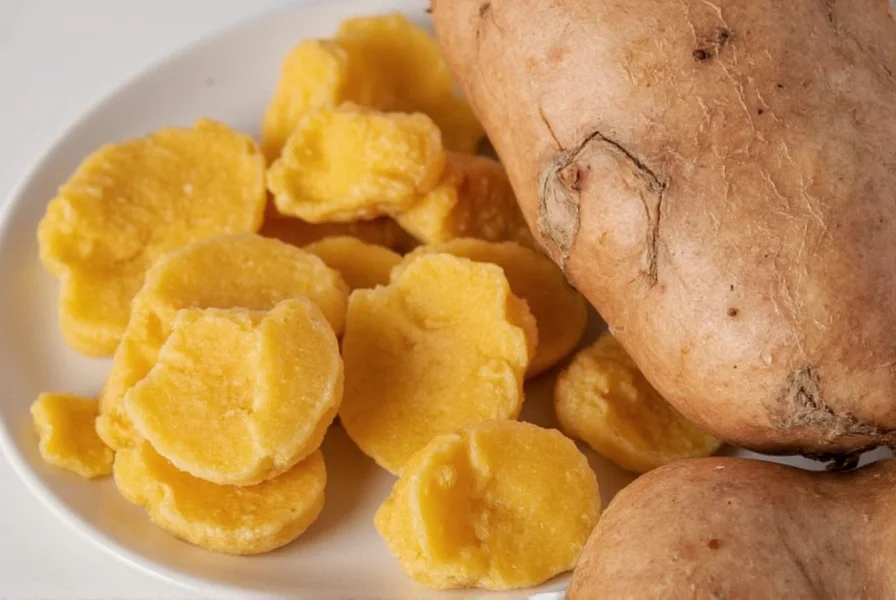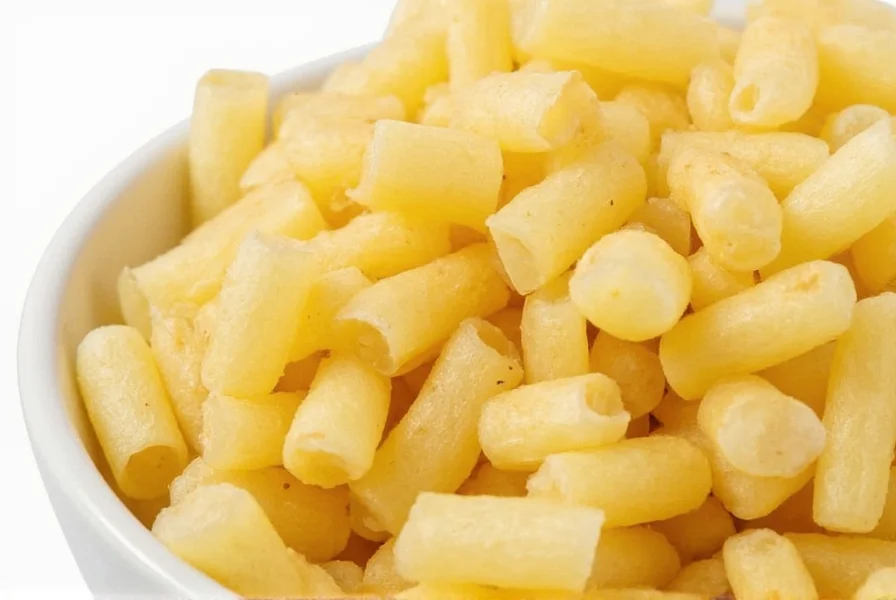Ginger chews deliver a potent dose of ginger's bioactive compounds in an accessible format that's easier to consume than raw ginger, especially when experiencing digestive upset. Unlike ginger supplements that require water and may cause stomach irritation, these portable treats work quickly while soothing the throat and settling the stomach. Most commercial varieties contain 5-15mg of ginger per piece, though concentrations vary significantly between brands and homemade versions.
The Science Behind Ginger's Therapeutic Effects
Research published in the Journal of the American Board of Family Medicine confirms that ginger's active components—gingerols and shogaols—directly impact serotonin receptors in the digestive tract and brain, which helps reduce nausea signals. A comprehensive 2020 review of 12 clinical trials found ginger supplementation significantly reduced nausea severity compared to placebo across various conditions including pregnancy, chemotherapy, and post-surgical recovery.
What makes ginger chews particularly effective is their dual-action delivery system. The chewing process stimulates saliva production, which begins digestion while allowing ginger compounds to absorb through oral mucosa for faster relief. This natural nausea relief ginger chews provide works within 15-30 minutes—faster than capsules that must dissolve in the stomach.

Comparing Ginger Delivery Methods
Understanding how ginger chews vs ginger tablets perform helps determine the best option for specific needs. Each delivery method has distinct advantages:
| Delivery Method | Onset Time | Ginger Concentration | Best For |
|---|---|---|---|
| Ginger chews | 15-30 minutes | Moderate (5-15mg/piece) | Immediate nausea relief, motion sickness |
| Ginger capsules | 45-90 minutes | High (250-1000mg) | Daily supplementation, inflammation |
| Ginger tea | 20-40 minutes | Low-Moderate | Mild digestive discomfort, prevention |
| Fresh ginger | 30+ minutes | Variable | Cooking, general wellness |
Practical Applications and Effectiveness
For best ginger chews for motion sickness, research suggests taking one piece 30 minutes before travel and additional pieces every 2-3 hours during the journey. A 2018 study in Travel Medicine and Infectious Disease found participants using ginger chews experienced 38% less motion sickness severity compared to placebo.
Pregnant women seeking ginger chews for pregnancy nausea should consult their healthcare provider first, though multiple studies indicate ginger is generally safe during pregnancy. The American College of Obstetricians and Gynecologists recognizes ginger as an appropriate first-line treatment for morning sickness.
Digestive health benefits extend beyond nausea relief. Ginger stimulates digestive enzyme production and accelerates gastric emptying, making ginger chews good for digestion after heavy meals. Many users report reduced bloating and discomfort when consuming one chew after eating.
Choosing Quality Ginger Chews
Not all ginger chews deliver equal benefits. When selecting products, consider these factors:
- Ginger concentration: Look for products specifying actual ginger content (not just "natural flavors")
- Sugar content: Many contain 3-5g sugar per piece; sugar-free options use alternatives like erythritol
- Additional ingredients: Lemon or mint can enhance effectiveness for specific uses
- Processing method: Raw or minimally processed ginger retains more active compounds
For those preferring homemade options, a simple homemade ginger chews recipe involves simmering fresh ginger in sugar syrup until tender, then coating with additional sugar or crystallized ginger. This allows complete control over ingredients and potency.

Usage Guidelines and Considerations
Determining how many ginger chews should I take depends on the situation. For acute nausea:
- Mild symptoms: 1 piece every 2-3 hours as needed (max 4 pieces in 24 hours)
- Moderate symptoms: 1-2 pieces every 2 hours (max 6 pieces in 24 hours)
- Severe symptoms: Consult healthcare provider before increasing dosage
Certain populations should exercise caution. People taking blood thinners should consult their doctor before regular ginger consumption, as ginger has mild anticoagulant properties. Those with gallstones should also seek medical advice, as ginger may increase bile production.
The sugar content in many commercial ginger chews presents a consideration for diabetics or those monitoring sugar intake. Sugar-free varieties using alternative sweeteners provide options, though some find these less effective for nausea relief.
Frequently Asked Questions
How quickly do ginger chews work for nausea?
Most people experience relief within 15-30 minutes after consuming ginger chews. The chewing action allows some absorption through oral tissues for faster onset compared to capsules. For best results, take at the first sign of nausea rather than waiting until symptoms become severe.
Can children safely use ginger chews?
Ginger chews are generally considered safe for children over 2 years old, but dosage should be reduced. For children 2-6 years, half a standard piece is sufficient; children 6-12 years can take one full piece. Always check with a pediatrician before using for children under 2 or for extended periods.
Do ginger chews help with vertigo?
While ginger chews primarily target nausea rather than the spinning sensation of vertigo itself, they can effectively reduce the nausea and vomiting associated with vertigo episodes. They work best for motion-related vertigo but may provide limited relief for other vertigo types.
Are ginger chews effective for morning sickness during pregnancy?
Multiple clinical studies and guidelines from the American College of Obstetricians and Gynecologists support ginger's effectiveness for pregnancy nausea. Most research indicates 1-2 standard ginger chews every few hours can significantly reduce morning sickness symptoms without adverse effects, though pregnant women should always consult their healthcare provider before starting any new remedy.
How do ginger chews compare to Dramamine for motion sickness?
Ginger chews work differently than Dramamine (dimenhydrinate). While Dramamine prevents motion sickness signals to the brain but causes drowsiness, ginger reduces nausea through natural anti-inflammatory and digestive mechanisms without sedation. Ginger works better for mild to moderate motion sickness and is preferred by those avoiding pharmaceutical side effects, though severe cases may require medication.











 浙公网安备
33010002000092号
浙公网安备
33010002000092号 浙B2-20120091-4
浙B2-20120091-4